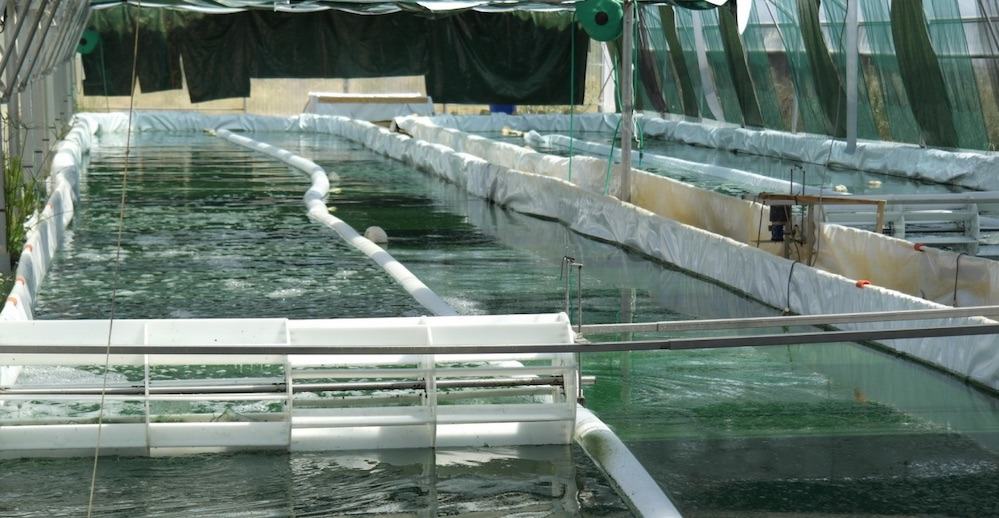A Millennia-Old History
Spirulina has been harvested for over a millennium at Lake Chad in Africa, where it is called dihé. It is collected from the surface of the lakes and eaten in the form of cakes, especially during times of food scarcity.
In America, when the Spanish conquistadors arrived in Mexico in the 16th century, they discovered among the Aztec customs the consumption of a blue-green mud extracted from Lake Texcoco using nets concentrated on the surface, named tecuitlatl: it was spirulina!
Lire aussi l Quels sont les critères à prendre en compte en achetant de la spiruline ?
Then in the 1960s, botanists and scientists started studies to analyze the nutritional properties of spirulina, whose benefits as a dietary supplement gradually became popular in Europe and the United States.
In 1974, the UN proclaimed spirulina the “best food of the future”. The WHO, in turn, established IIMSAM, an intergovernmental service for the use of spirulina against malnutrition.
Innovative Cultivation with Low Energy Impact
Today, spirulina particularly attracts the attention of young entrepreneurs, eager to popularize it in more appealing forms.
Cakes, spreads, chocolates, drinks, pasta… Culinary innovations abound. One start-up even offers to cultivate it at home, while another has developed cultivation pools on the rooftops of Bangkok!
Its cultivation requires little space and water, and it reproduces quickly. It feeds on minerals and sunlight. Its energy impact is low, especially when compared to all the protein and iron spirulina offers compared to meat, whose environmental effects are well-known today!
If developed on other continents, particularly in Asia, France is not lagging behind since there are approximately 150 artisanal producers. It is the European leader in farm-grown spirulina.
As for its market, it is booming. Globally, 5000 tons of spirulina are produced annually, with 50 in France. The selling price for French farm spirulina is about €160 per Kg.



